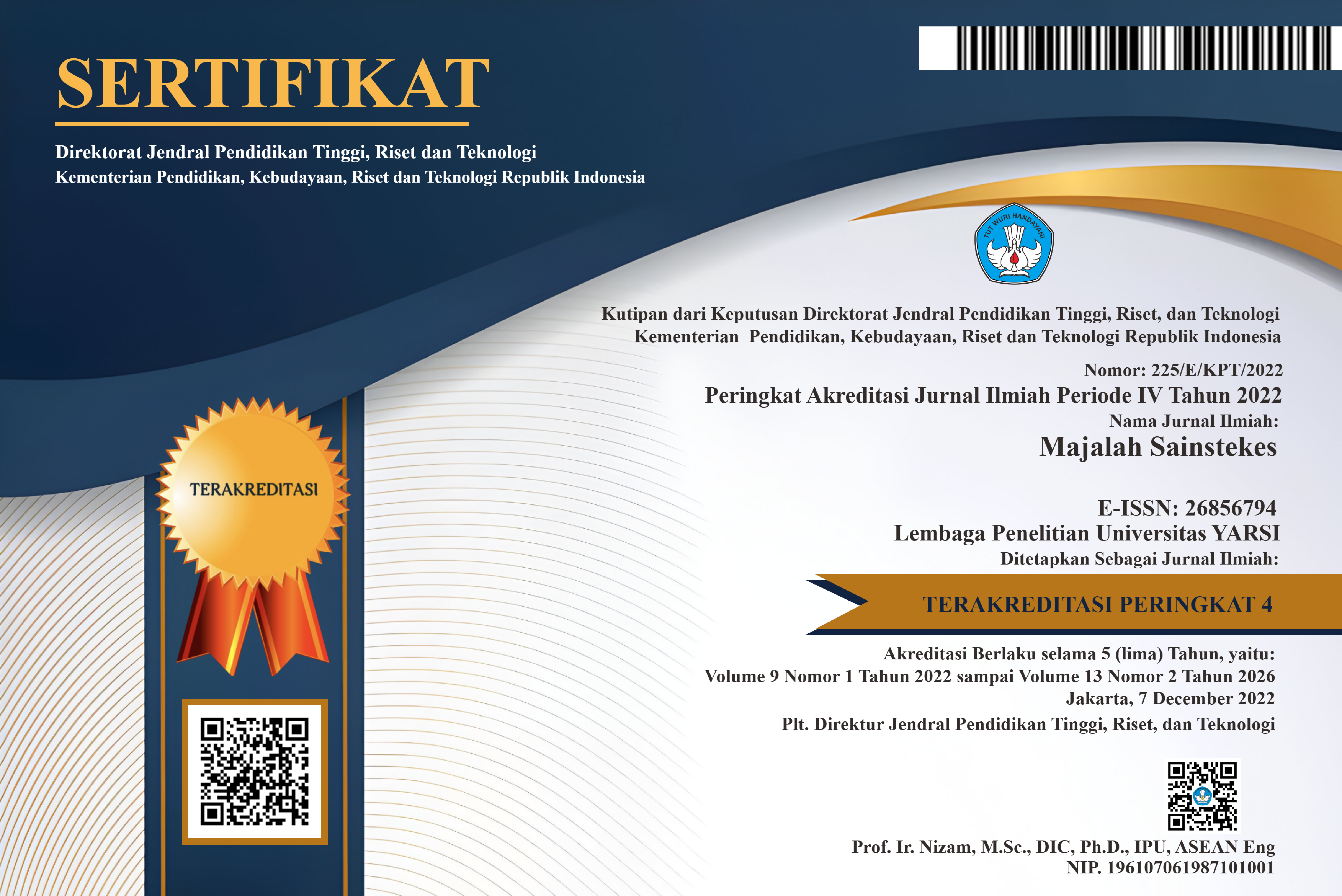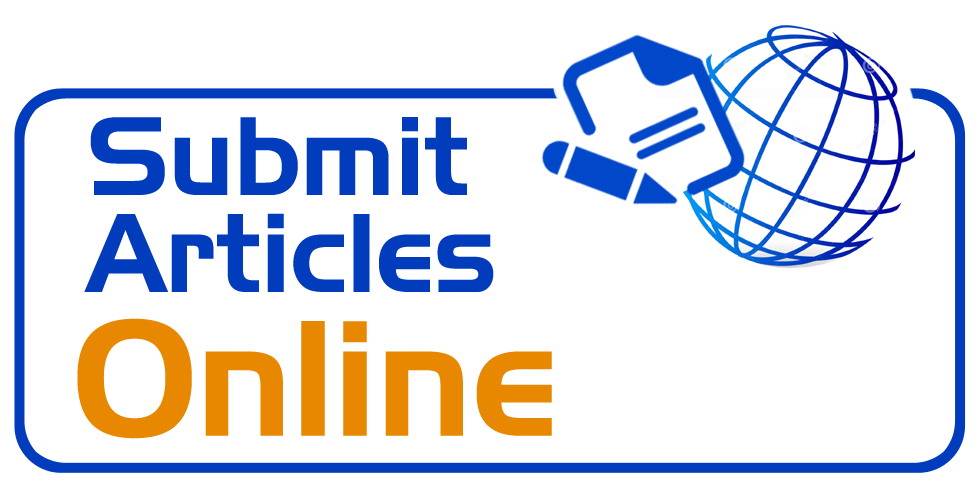Eksplorasi Pembelajaran dengan Keterlibatan Langsung Pasien pada Pendidikan Profesi Dokter Gigi
Keywords:
Patient safety, clinical stage education, dentistry, supervision, chairside teachingAbstract
Background: Clinical stage learning in dentistry provides broad opportunities for students to give services directly to patients (chairside teaching). This certainly requires a great deal of attention to patient safety, so there is a need for supervision and giving feedback in learning. This study aimed to explore learning with the direct involvement of patients in clinical dental stage in dentistry. Methods: This was a qualitative study with a case study design, conducted from January to April 2019. Data collection was carried out through in-depth interviews and focus group discussions (FGD) with clinical supervisors and clincal students at the Dentistry, Universitas Yarsi. Data triangulation was carried out by observation of the implementation of chairside teaching. The data obtained were analyzed qualitatively. Results: In-depth interviews with 5 policy makers and FGDs with 2 groups of clinical supervisors (n = 8 and n = 6), and 2 groups of clincal students (n = 8 each) produced 3 themes. These three themes are the role of clinical teachers, the learning environment with patients, and the role of students. Conclusion: Supervision had been carried out in chairside teaching but it was not optimal yet. Therefore, it is necessary to adjust the level of supervision which is supported by providing constructive feedback to ensure patient safety and help students achieve the expected competencies.References
Ajjawi R., Molloy E., Bearman M., Rees CE. 2016. Contextual influences on feedback practices: An ecological perspective. In Charles D., Bridges SM., Chan CK., Glofcheski R. editors. The enabling power of assessment 5: Scaling up assessment for learning in higher education. Singapore: Springer Nature.
Ambrozy, D.M., Irby, D.M., Bowen, J.L., Burack, J.H., Carline, J.D. & Stritter, F.T. 1997. Role models ’perceptions of themselves and their influence on students’ speciality choices, Acad Med.,72(12): 1119-21.
Asosiasi Fakultas Kedokteran Gigi Indonesia. 2017. KPT Profesi Dokter Gigi. Disampaikan pada workshop kurikulum profesi Kedokteran Gigi Universitas Yarsi.
Bassir SH, Sadr-Eshkevari P, Amirikhorheh S, Karimbux NY. 2014. Problem-based learning in dental education: A Systematic Review of Literature. J Dent Edu. 78(1): 98-109.
Eriksen, H. M., Bergdahl, J., & Bergdahl, M. 2008. A patient-centred approach to teaching and learning in dental student clinical practice. Eur J Dent Educ, 12(3): 170–5.
Fontana M, Carlos G, Tracey P, David CJ. 2017. Dental education required for the changing health care environtment. Journal of Dental Education. eS153-61. DOI: 10.21815/JDE.017.022.
Fugill M. 2005. Teaching and learning in dental student clinical practice. Eur J Dent Educ. 9: 131– 6.
Grantcharov TP, Reznick RK 2008. Teaching Rounds: Teaching Procedural Skills. BMJ. 336: 1129-31.
Hill N., Brierly J. 2017. How to measure customer satisfaction.2nd edition. Routledge: London.
Hutchinson L. 2003. ABC of learning and teaching educational environment. BMJ. 326: 810-2.
Kilminster SM, Jolly BC. 2000. Effective supervision in clinical practice settings: a literature review. Med Educ. 27: 827–40.
Konsil Kedokteran Indonesia. 2015. Standar Kompetensi Dokter Gigi Indonesia. Jakarta: KKI.
McLean. 2016. Case-Based Learning and its Application in Medical and Health-Care Fields: AReview of Worldwide Literature. Journal of Medical Education and Curricular Development. 3: 39–49.
MKEK. 2004. Ikatan Dokter Indonesia, Pedoman Pelaksanaan Kode Etik Kedokteran Indonesia.
Reznick RK, MacRae H. 2006. Teaching technical skills—changes in the wind. N Engl JMed. 355:2664-9.
R.M. Harden, Joy Crosby. 2000. AMEE Guide No 20: The good teacher is more than a lecturer - the twelve roles of the teacher. Med Teach. 22(4): 334-4.
Sweet J., Wilson J., and Pugsley L. 2008. Chairside Teaching and The Perceptions of Dental Teachers in The UK. British Dental Journal. 205(10): 565-9.
Tai, J. H.-M., Canny, B. J., Haines, T. P., & Molloy, E.K. 2015. The role of peer-assisted learning in building evaluative judgement: opportunities in clinical medical education. Advances in Health Sciences Education. 21(3): 659–76.
Ten Cate O, Scheele F 2007. Competency-based postgraduate training: can we bridge the gap between theory and clinical practice? Acad Med. 82:542–7.
Thistlewaite JE, Davies D, Ekeocha S, et al. 2012. The effectiveness of case based learning in health professional education. A BEME systematic review. BEME guide number 23. Med Teach. 34:E421–E444.
Tolsgaard, M. G., Gustafsson, A., Rasmussen, M. B., HØiby, P., Müller, C. G., & Ringsted, C. 2007. Student teachers can be as good as associate professors in teaching clinical skills. Med Teach. 29(6): 553–7.
TouchieC, Ten Cate O. 2016. The promise, perils, problems and progress of competency-based medical education. Med Educ. 50:93-100.
Watling, C., LaDonna, K. A., Lingard, L., Voyer, S., & Hatala, R. 2016. “Sometimes the work just needs to be done”: socio-cultural influences on direct observation in medical training. Med Educ. 50(10):1054–64.
Wilson J., Sweet J., and Pugsley L. 2015. Developmental Guidelines for Good Chairside Teaching – A Consensus Report from Two Conferences. Eur J Dent Educ. 19: 185-191.

 Nur HN Prastiyani
Nur HN Prastiyani












